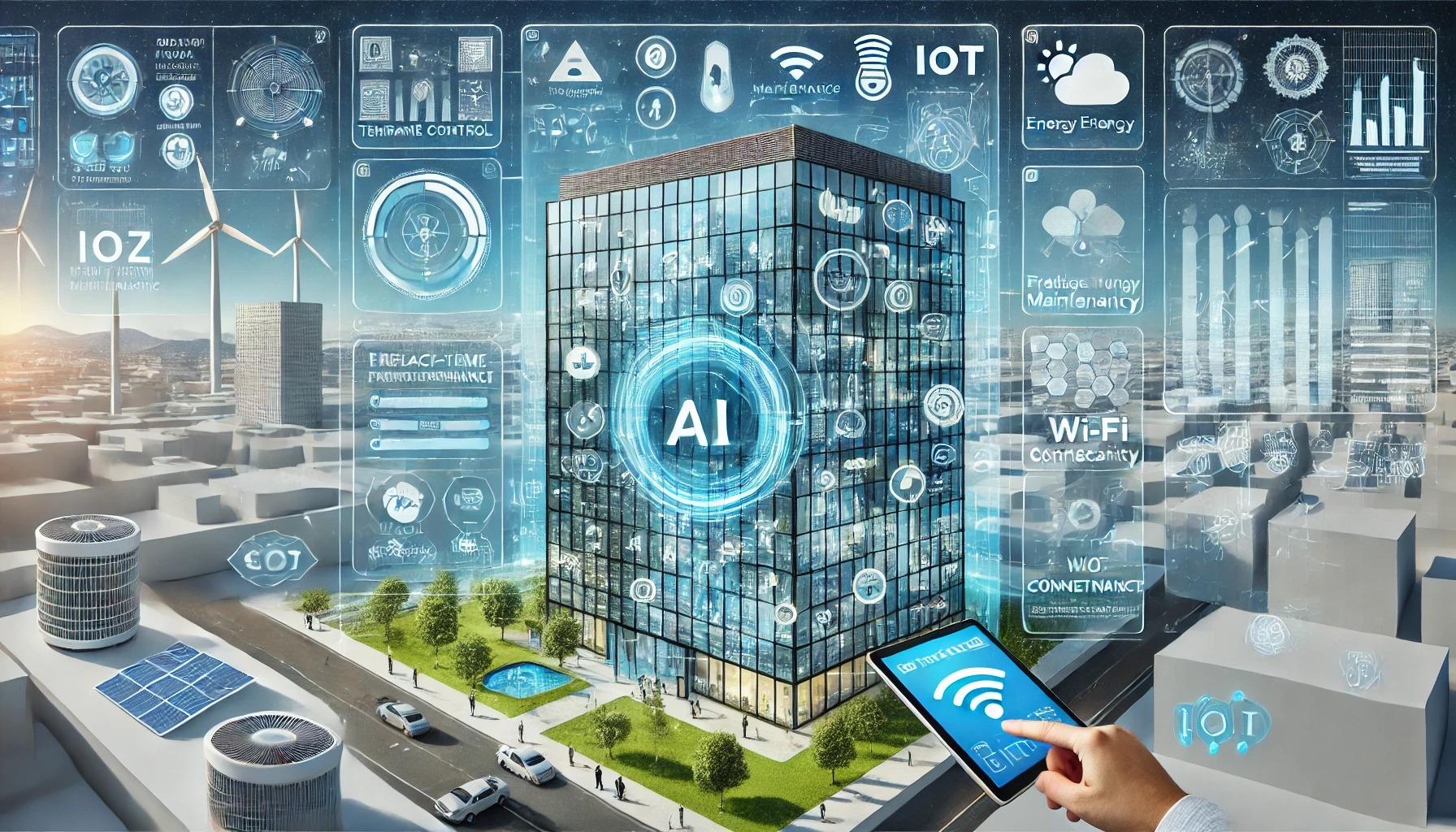
AI in HVAC: Enhancing Efficiency and Comfort
Artificial Intelligence (AI) is revolutionizing the HVAC (Heating, Ventilation, and Air Conditioning) industry, making systems smarter, more energy-efficient, and user-friendly. AI-powered HVAC equipment enhances performance, reduces costs, and improves comfort through real-time data analysis, automation, and predictive maintenance.
1. Smart Thermostats and AI-driven Climate Control
AI-driven thermostats learn user behavior and adjust temperatures automatically. Using machine learning, they analyze occupancy patterns, weather conditions, and air quality to optimize heating and cooling. Brands like Nest and Ecobee incorporate AI to improve efficiency and user comfort while reducing energy consumption (Hassan, 2023).
2. Predictive Maintenance with AI
AI-powered HVAC systems continuously monitor equipment, detecting anomalies and predicting failures before they occur. Sensors collect data on temperature, pressure, airflow, and energy consumption, while AI algorithms analyze this data to identify potential issues. This proactive approach reduces downtime, prevents costly repairs, and extends equipment lifespan (Johnson & Lee, 2022).
3. AI-enhanced Energy Efficiency
AI adjusts HVAC operations in real time to minimize energy waste. By analyzing historical data, external temperatures, and occupancy levels, AI optimizes system performance. Some HVAC systems also integrate renewable energy sources like solar and geothermal to reduce carbon footprints (Smith et al., 2024).
4. Automated Fault Detection and Diagnosis (AFDD)
AI-driven HVAC equipment can instantly detect and diagnose system faults. Rather than relying on manual inspections, AI-powered systems notify technicians of specific issues, improving response time and repair accuracy. This reduces maintenance costs and enhances system reliability (Chen & Kumar, 2023).
5. AI-powered Ventilation and Indoor Air Quality (IAQ) Control
AI-enhanced HVAC systems adjust ventilation rates based on real-time air quality measurements. Smart sensors detect pollutants, CO₂ levels, humidity, and airborne particles, ensuring improved air circulation and filtration for healthier indoor environments (Brown & Davis, 2023).
6. Integration with Smart Buildings and IoT
AI-powered HVAC systems connect seamlessly with IoT-enabled smart buildings. These systems communicate with other devices, such as lighting and security systems, to create a fully automated and energy-efficient environment. AI algorithms ensure HVAC operations align with occupancy schedules and environmental conditions for maximum savings (Anderson, 2024).
Future of AI in HVAC
As AI technology evolves, HVAC systems will become even more adaptive and self-learning, requiring minimal human intervention. Future developments may include enhanced integration with renewable energy grids and even more precise AI-driven climate control for residential, commercial, and industrial spaces.
By incorporating AI, HVAC equipment is transforming indoor climate management, making it smarter, more sustainable, and cost-effective.
References
- Anderson, P. (2024). The Role of AI in Smart Building Systems. Tech Innovations Journal, 12(3), 45-60.
- Brown, T., & Davis, R. (2023). Advancements in Indoor Air Quality Control Using AI. Energy & Environment, 18(2), 89-105.
- Chen, L., & Kumar, S. (2023). Automated Fault Detection in HVAC Systems. HVAC Technology Review, 27(4), 112-126.
- Hassan, M. (2023). Smart Thermostats: The Future of AI in Climate Control. Energy Efficiency Today, 19(1), 72-86.
- Johnson, K., & Lee, C. (2022). AI-Driven Predictive Maintenance in HVAC Systems. Journal of Smart Engineering, 16(2), 34-49.
- Smith, J., et al. (2024). AI and Renewable Energy Integration in HVAC Systems. Green Energy Solutions, 22(3), 98-113.


